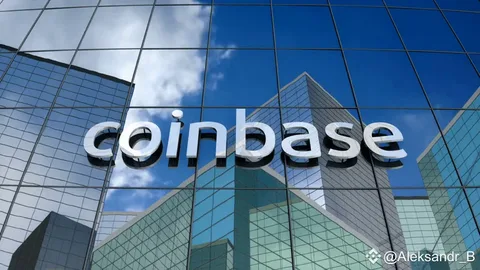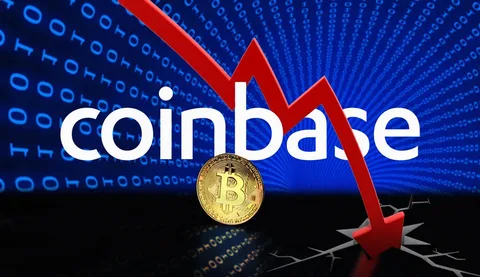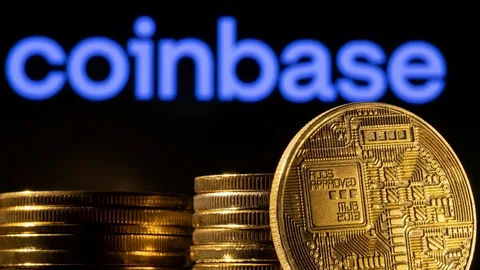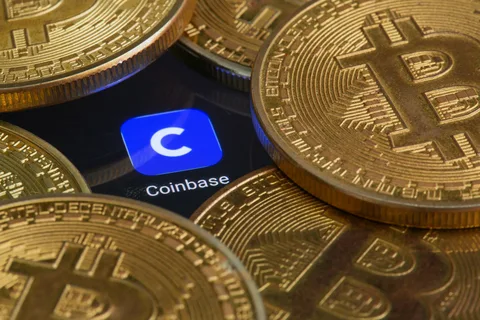Coinbase is one of the largest and most regulated cryptocurrency exchanges in the U.S., offering retail and institutional investors access to Bitcoin, Ethereum, and select altcoins. While it provides a user-friendly on-ramp to digital assets, the best investments on Coinbase require strict discipline: focus on established, high-liquidity assets, avoid speculation, and treat crypto as a small, strategic satellite holding—not a core portfolio component.
What Coinbase Does Well—and Where It Falls Short
Strengths:
- Regulated and SEC-compliant (publicly traded, audited financials)
- Secure custody options (Coinbase Custody for institutions, offline storage for retail)
- Access to major assets: Bitcoin (BTC), Ethereum (ETH), and select ETF-linked tokens
- Recurring buys and staking for automated exposure and yield (where available)
Limitations:
- No access to real assets (real estate, private equity, infrastructure)
- Limited income diversification—crypto generates no intrinsic cash flow
- High volatility and regulatory uncertainty—especially for altcoins
- No tax-advantaged accounts (e.g., Roth IRA integration is limited to select partners)
Best Investments on Coinbase in 2025
1. Bitcoin (BTC) – Digital Reserve Asset
- Why: Widely recognized as “digital gold,” with growing adoption by institutions, ETFs, and even nation-states.
- Allocation: ≤1–3% of total net worth for most investors.
- Strategy: Buy and hold in self-custody (e.g., hardware wallet); avoid leverage or frequent trading.
2. Ethereum (ETH) – Smart Contract Infrastructure
- Why: Powers decentralized finance (DeFi), tokenized real-world assets (RWA), and enterprise blockchain solutions.
- Upside: Potential catalyst from ETH ETF approval (expected late 2025).
- Caution: Still subject to regulatory review; higher volatility than BTC.
3. Staking (Where Available)
- What: Earn yield (3–5% net) by supporting network security (e.g., ETH staking).
- Best For: Long-term holders who understand lock-up periods and slashing risks.
- Avoid: High-yield “DeFi” protocols on Coinbase Wallet—often unvetted and high-risk.
What to Avoid on Coinbase
- Meme coins (e.g., DOGE, SHIB, WIF): No utility, pure sentiment-driven speculation
- Low-liquidity altcoins: Wide bid-ask spreads and pump-and-dump risk
- Leveraged tokens (e.g., BTC 3x): Decay rapidly; unsuitable for buy-and-hold
- “High-yield” stablecoin programs: Often unsecured or opaque—TerraUSD’s collapse remains a warning
The Institutional Reality: Crypto Is a Satellite, Not a Strategy
At ValueFinity, we acknowledge Bitcoin’s role as a non-sovereign, uncorrelated reserve asset—particularly in de-dollarization or stagflation scenarios. But we do not offer direct crypto funds. For qualified clients, we recommend:
- Limiting crypto to ≤1–3% of a diversified portfolio
- Holding only BTC and ETH via regulated custodians
- Never allocating capital needed for core financial goals
True wealth is built on real cash flows, legal enforceability, and long-term value creation—not speculative tokens.
Conclusion
The best investments on Coinbase are simple, transparent, and restrained. Use the platform to gain regulated exposure to foundational digital assets—but never confuse crypto volatility with investing. Discipline, not hype, determines long-term outcomes.
For institutional-grade strategies grounded in real assets and sustainable capital growth, visit valuefinity.com or reach us at Capital@valuefinity.com .





